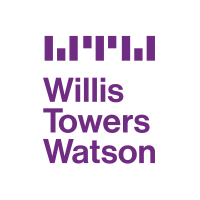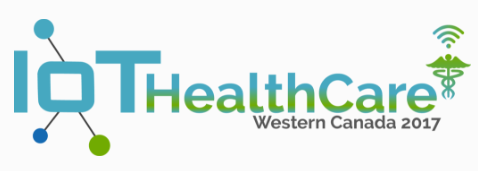By Dr. Tyler Amell
From an enterprise health and wellness perspective, absence and disability management programs are common practice, but are they working as well as they could be? Effectively managing absenteeism and disability in the workplace is predicated on the strength of the information that employers have at their disposal. With accurate and timely information on the functioning of these programs comes the ability to properly evaluate outcomes, determine merit of services to stakeholders, and demonstrate return on investment in benefit programs. Employers today are collecting more information on absence and disability than ever before, but some may not be collecting any information or the right information, or not using information to its full potential. This is the subject of an upcoming webinar, on May 20, hosted by the Conference Board of Canada, more information can be found here.
How does this relate to Vivametrica? The role of wearable sensor data in relation to enterprise health and wellness is rapidly evolving, and has numerous touch points with absence and disability management. Wearable sensors, and the data they produce can, when analyzed with appropriate, evidence-informed methodologies, yield invaluable information for employers and employees alike. For example, fitness for duty, stay at work (SAW) and return to work (RTW) assessments can be analyzed in the physical domain through step counts and activity monitoring. This when combined with employee age, gender, waist circumference and body mass index (BMI) will yield invaluable information. This directly relates to the workers functional abilities. Also, many wearable sensors can infer sleep quality, which can also be an indicator of disability and mental health status.
The role of wearable sensor data is not limited to absence and disability management from an enterprise health and wellness perspective. These data can be used at the pre-employment and pre-placement phase of the employment relationship from a physical job demands, as well as functional abilities perspective. These data can also be used from an ergonomic design perspective by determining current physical job demands, which are useful for RTW assessment and treatment, as well as job modifications to reduce the risk of workplace injury or illness in the non-disabled or non-injured population of workers. When physical, functional job demands are matched with the worker’s functional abilities, the associated risk is decreased.
These are just a few examples of how technology, and state of the art analytics which uses the data to its full potential can add value to workplaces, and help organizations and people alike, be healthy and productive.
 About Tyler:
About Tyler:
Dr. Tyler Amell is the CEO of StaffRelay, a Vancouver-based provider of automated and cost-effective absence tracking, management and replacement worker solutions for a wide variety of organizations. Dr. Amell has held several senior positions in industry, government and healthcare, as well as conducted extensive applied research in disability management and absenteeism, rehabilitation, workers’ compensation as well as workplace health and productivity. One of his special interests is using data and information to make better, more informed business decisions.






